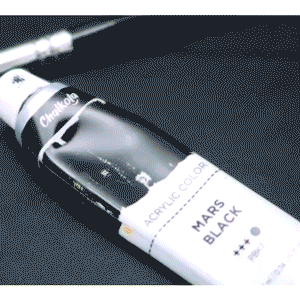Back to the Art Creators' Hub ▸ Watercolor Painting Tips
Watercolor Painting Tips
Loved by both children and adults, watercolor is one of the easiest (and most fun) mediums to start with. It’s fluid and unpredictable, which makes the painting process more exciting — especially when your subject begins to take shape. If you’re new to watercolor painting, here are a few tips you can use to get the basics down and improve your technique:
1.) Prepare your workspace and materials
Gathering all your supplies in one area will not only save you time but also make the painting process smoother. If you’re painting indoors, choose a flat, level surface (such as a table) with enough space for your paper and tools. For those who prefer painting on the go, keep your materials in a small bag or pouch. This way, you don’t have to search for items one by one when inspiration strikes.

2.) Test your colors before applying
There’s nothing worse than accidentally applying a muddied color to your piece. You can avoid this by testing your brush on some scrap paper every time you switch colors. This will help you make fewer, potentially irreversible mistakes so you can enjoy both the painting process and the final result.

3.) Practice your techniques
There are plenty of ways to use watercolors, and some of them require a little bit of practice. Flat layers, for example, may seem simple at first but can actually be tough for beginners. Don’t be discouraged if you struggle with a particular technique. With enough repetition, you’ll have a better understanding of how the paint behaves and how to manipulate it for the effect you want.

Aside from techniques, you will also want to practice mixing colors. Experiment with the amount of water you use in each layer or wash, and see how it changes not only the saturation of the paint but also how it reacts. You can even document the results in a swatch guide!
4.) Mix the right amount of paint
With watercolors, it’s better to mix more paint than you think you’ll need. This doesn’t mean you should prepare large wells of color or squeeze out half of your paint tube. However, mixed watercolors are hard to replicate, and if you run out of that color it can be difficult to create an exact match. This is especially important if you work on large pieces that require broad, solid washes of color.

If you mix too much, don’t worry. Mixed pan paints are mostly water, and tube paints can be rehydrated for future use. Over time, you’ll also get better at estimating how much paint you will need for your project.
5.) Work from light to dark
When using watercolor, it’s a good idea to lay down the lightest shades first and work your way into the darker colors. Layering allows you to enrich any colors you’ve already laid down, but dark shades are difficult to reverse once applied. It’s also recommended to work on large areas first, leaving the detail work for the last part of the process. This ensures that even the finest strokes will remain sharp and visible.


